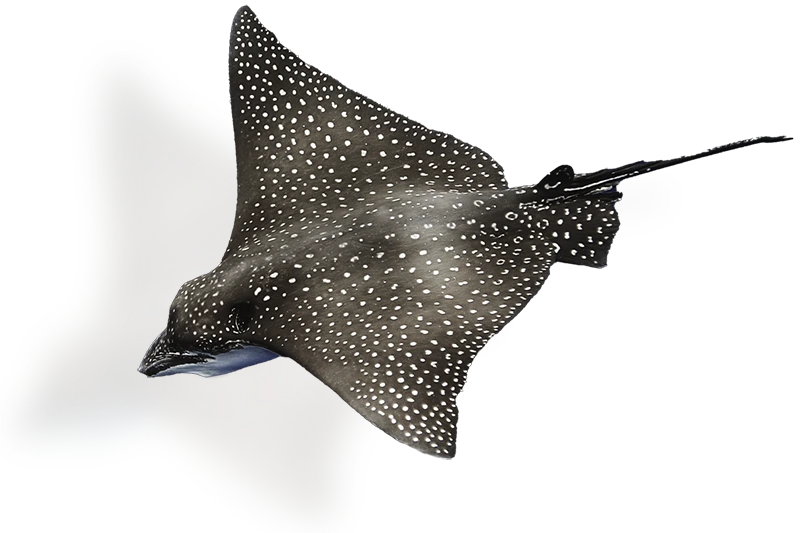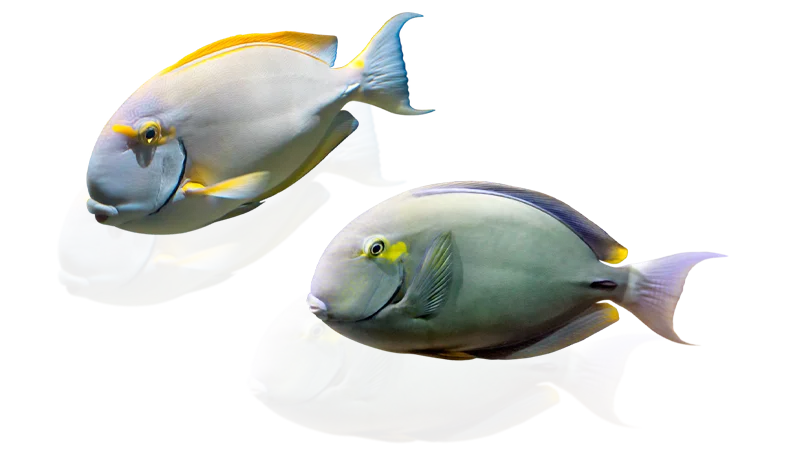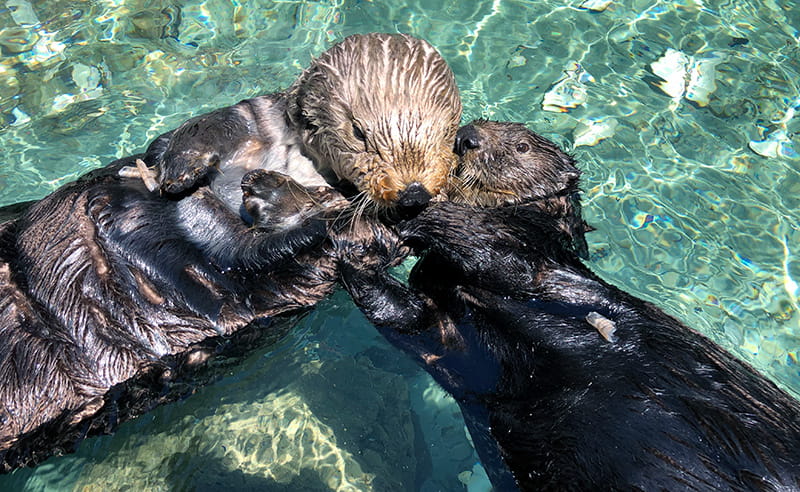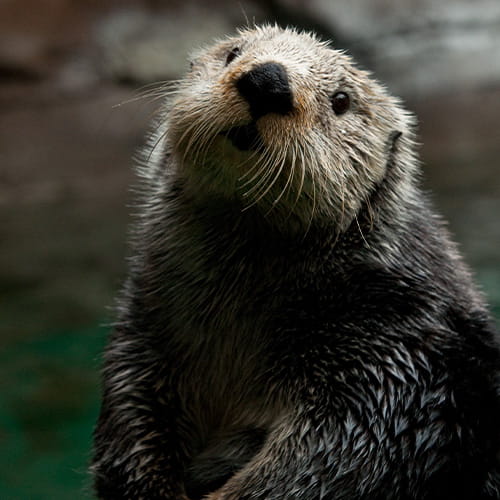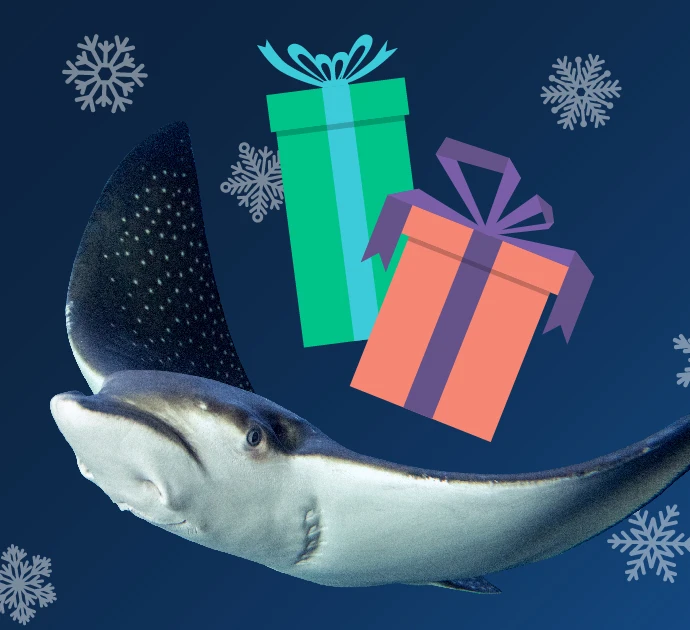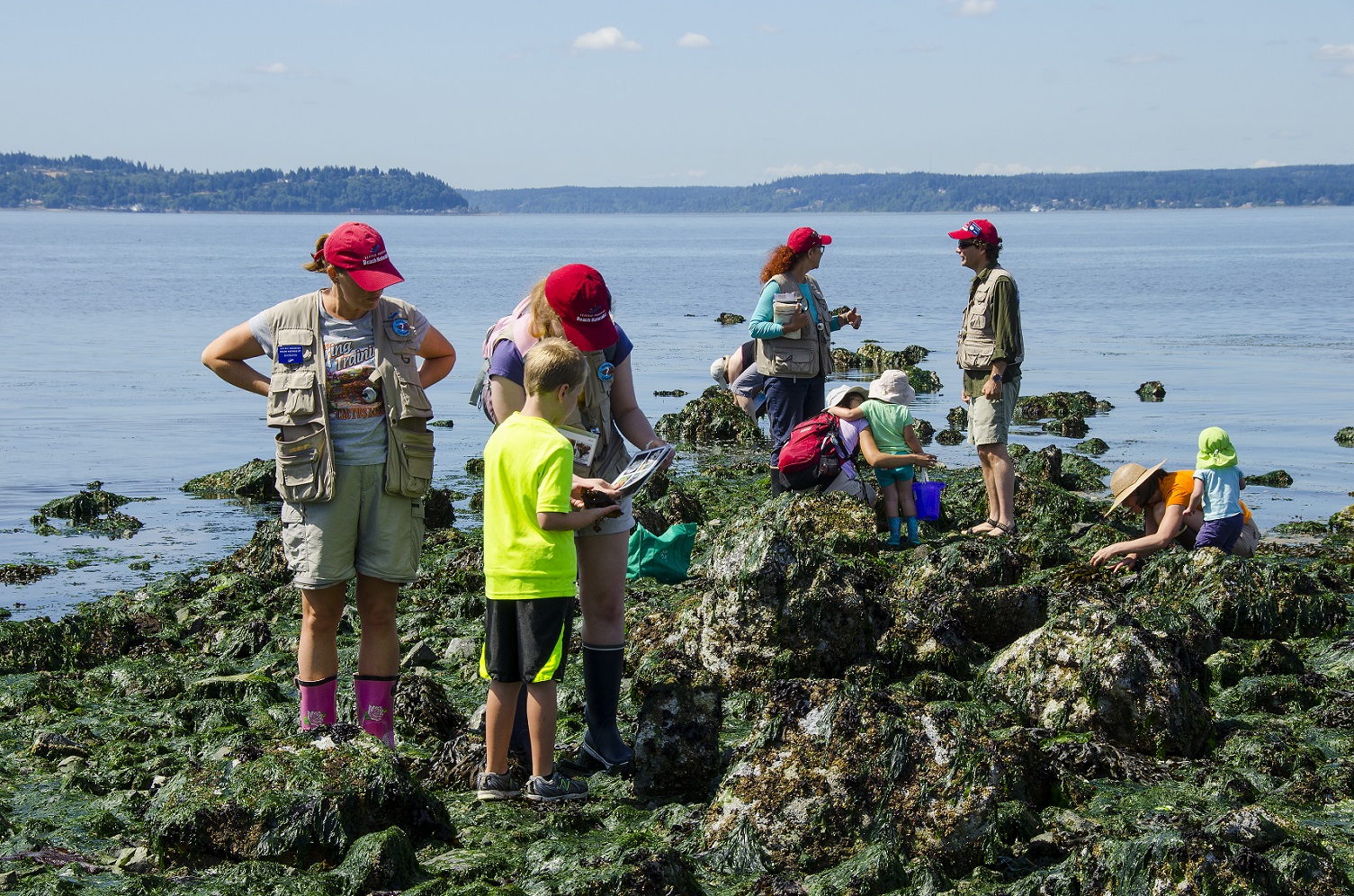
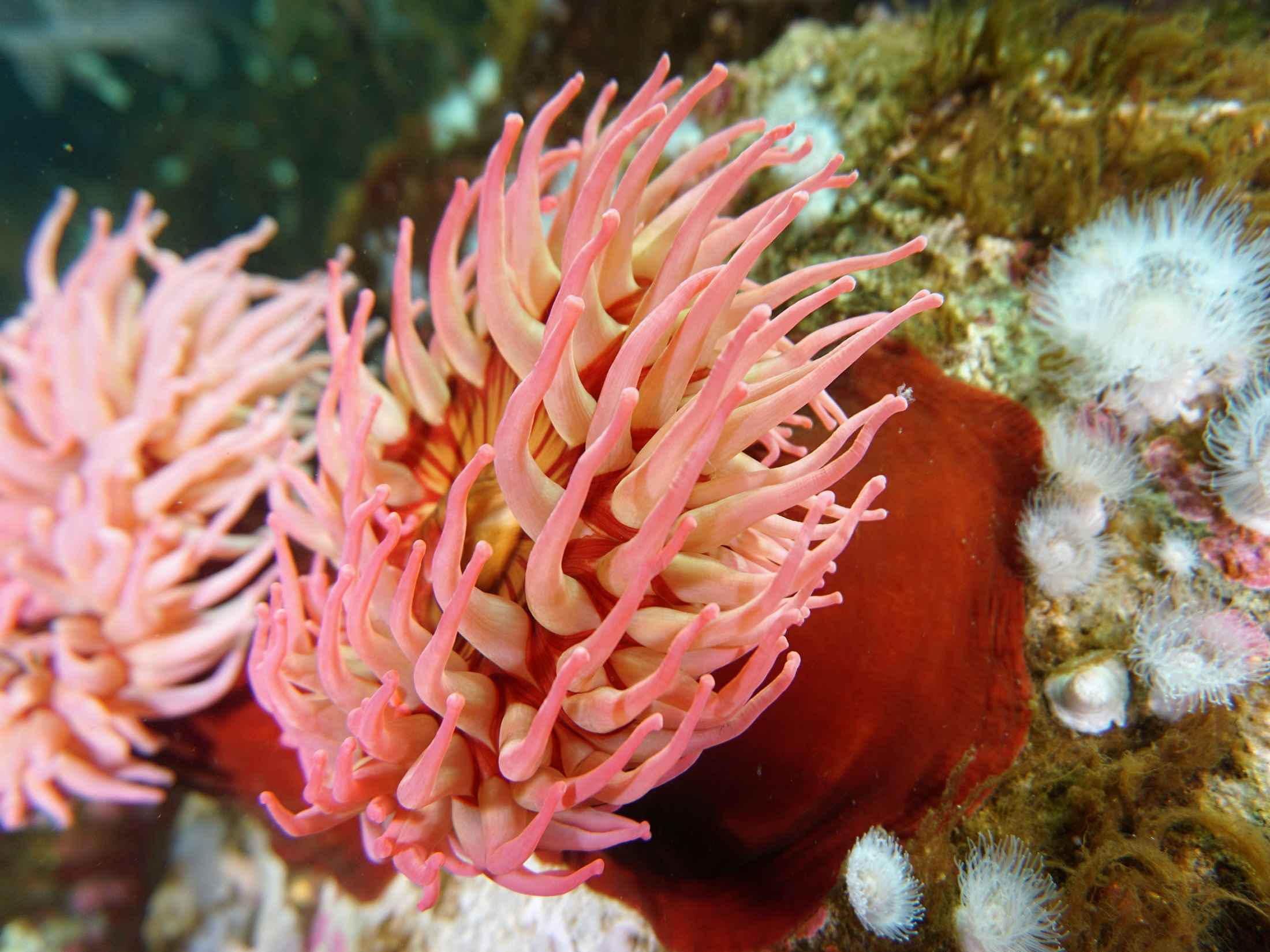
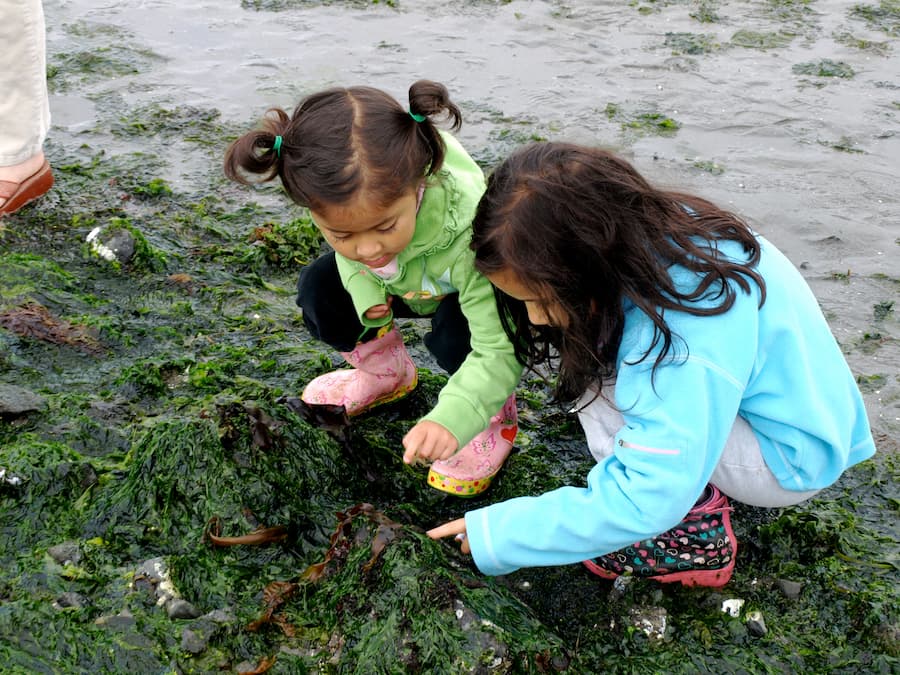
Empathy at the beach
There’s no substitute for the sound of the surf, the feel of sand underfoot and the thrill of observing animals in their natural habitat. That’s why the Beach Naturalist program was one of the first areas of focus for the Seattle Aquarium’s initiative to foster empathy for wildlife. At the beach, schoolchildren and community members get eye to eye with sea stars, gently feel the sticky tentacles of sea anemones (with a wet one-finger touch) and observe crabs scuttling along the beach. Many of these animals living in the intertidal zone are unfamiliar and may not seem like animals at all. There is likely no greater opportunity within our programming for making a meaningful change in the collective empathy for marine animals than with our audiences who visit the beach.
Each summer, hundreds of Aquarium beach naturalists engage with beach visitors to share their knowledge about local marine animals and habitats. We incorporated empathy best practices into beach naturalist training and field materials, including a best-practices handout, empathy-themed beach signs and an empathy bingo beach activity. Feedback from volunteers and beach captains indicated that the new material was very popular with great follow-through to beachgoers (over 90% said they used empathy concepts on the beach). We also developed a beach etiquette video to highlight how visitors can enjoy local beaches without harming the animals that live there. This endeavor has enhanced our beach naturalists’ and field-based school outreach programs’ abilities to engage in multisensory activities with school groups while cultivating a connection with and empathy for marine animals that live in our local waters.
See what our beach naturalists have to say about empathy best practices
“I was conscious about using language that helped visitors relate to things in a very personal and tactile way, using words like home to refer to where organisms were found or neighbor when talking about relationships and organisms found in proximity to each other. I tried to tell stories that were simple and relatable and left opportunity for visitors to add to and make up stories of their own. On occasion, especially with groups of children, we did the barnacle dance or shuffled around like crabs.”
“I modeled empathy by either observing animals or touching carefully with one wet finger. I talked about how animals try to stay cool and moist on hot summer days when the tide is out.”
"I frequently used ideas and concepts about empathy when interacting with beach visitors, encouraging them to practice gentle stepping and touching and engaging them in dialogue about what an animal’s life is like and how it’s important to protect its environment.”
“I explained what the little and less-charismatic creatures were at the beach, so that visitors learned that they were also living things. And I made sure to reinforce the wet, one-finger touch to beach visitors.”
“Instead of focusing on the macro fauna, I tried to tell stories of the underrepresented small creatures, and it helped bring the swarm of activity on the beach to life for the kids.”
“I loved making comparisons with the kids. Rock flipping, for example: How would you feel if someone flipped on the lights in the middle of the night? I enjoyed helping others see these tiny creatures as living beings that deserve our care.”
“I challenged the tendency to relate more to animals with faces, referred to the beach as the animals’ home, and anthropomorphized a little while highlighting the animals’ own unique characteristics.”
